Mark Thompson
Science broadcaster and author. Mark is known for his tireless enthusiasm for making science accessible, through numerous tv, radio, podcast and theatre appearances, and books. He was a part of the aware-nominated BBC Stargazing LIVE TV Show in the UK and his Spectacular Science theatre show has received 5 star reviews across UK theatres. In 2025 he is launching his new pocast Cosmic Commerce and is working on a new book 101 Facts You Didn't Know About Deep Space In 2018, Mark received an Honorary Doctorate from the University of East Anglia.
You can email Mark here
Recent Articles
-
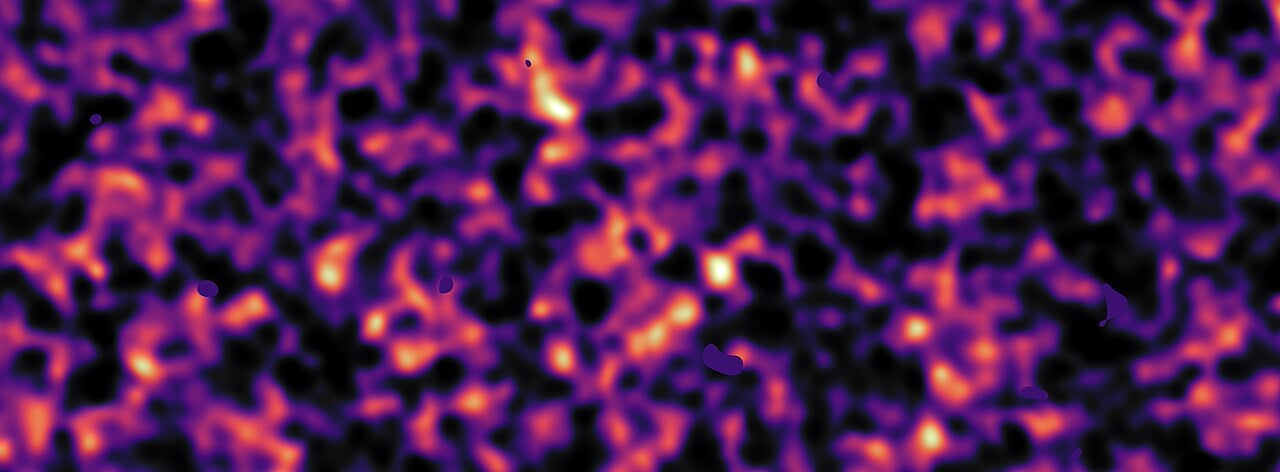
-
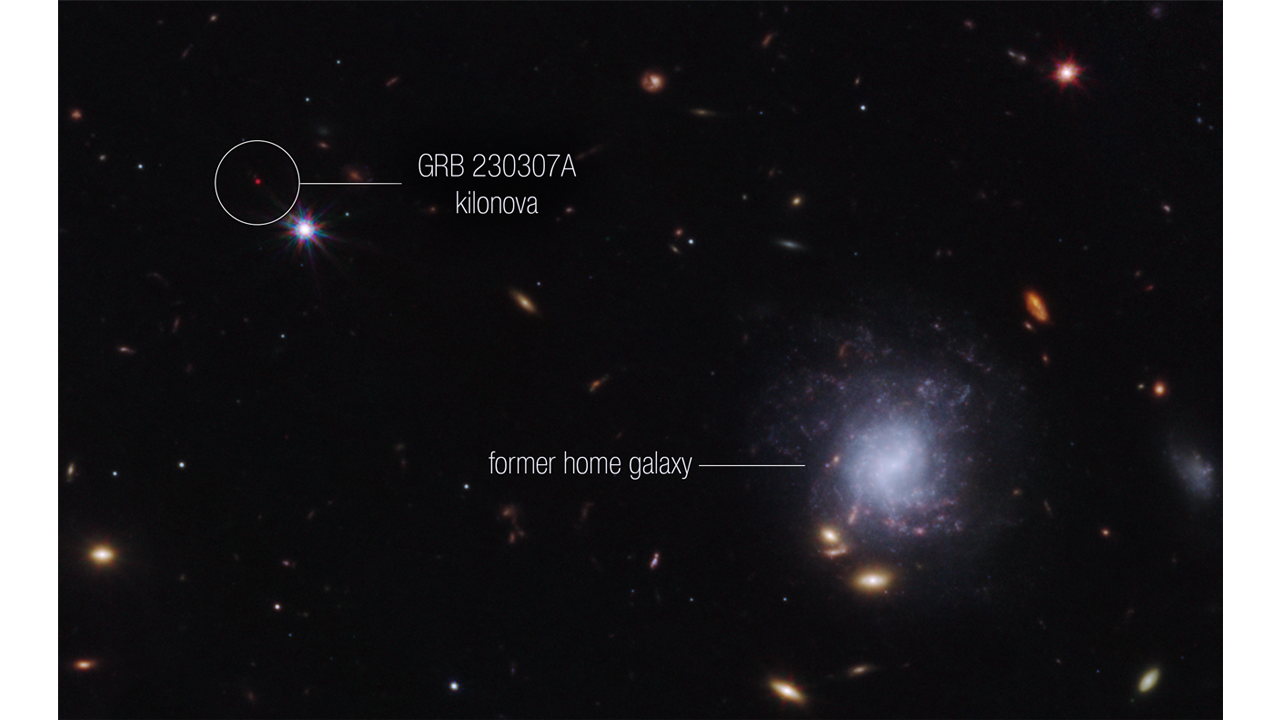
Astronomers Detect the First "Heartbeat" of a Newborn Star
September 30, 2025Gamma ray bursts are among the most luminous explosions in the universe, briefly outshining entire galaxies in a violent flash of energy. For decades, scientists have debated what powers these incredibly powerful detonations and, to date, the leading candidates have been black holes or highly magnetised neutron stars called magnetars. Distinguishing between the two has proven frustratingly difficult though but a new study has just provided the clearest evidence yet that magnetars can indeed power some of these extreme events, and they did it by detecting something unexpected, the "heartbeat" of a newborn star.
-
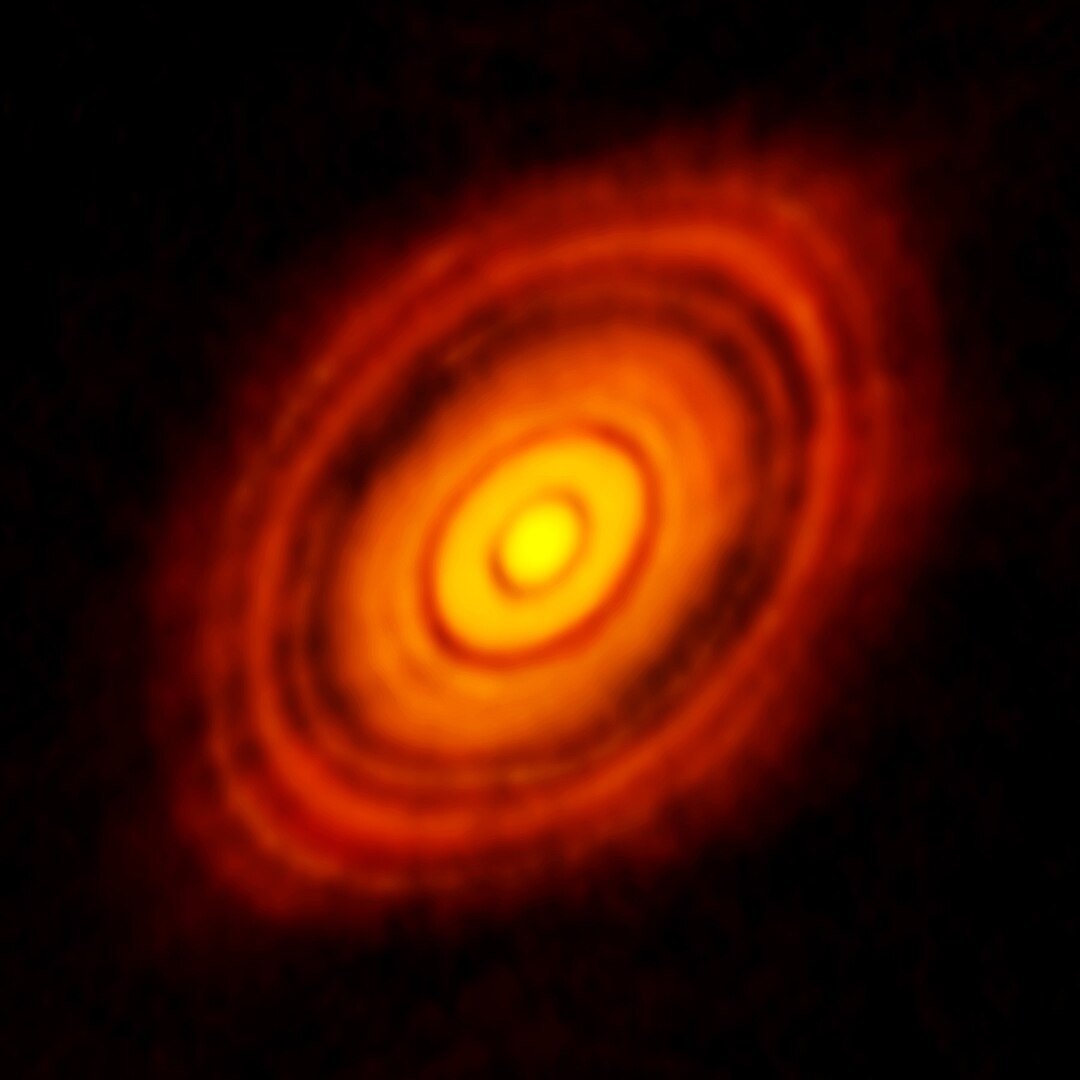
Warped Planetary Discs Challenge Our Understanding of Planet Formation
September 30, 2025I remember the first time I pointed my 25cm telescope at the Ring Nebula in Lyra. Even through modest amateur optics, that surreal view of the ring hanging in space was breathtaking, the glowing embers of a dying star. Planetary nebulae like the Ring have long been favourites among amateur astronomers, not just for their visual beauty but because they represent the end of a star's life. However, new research is revealing equally fascinating structures at the opposite end of stellar evolution, the discs where planets are born, and they're not quite what we expected.
-
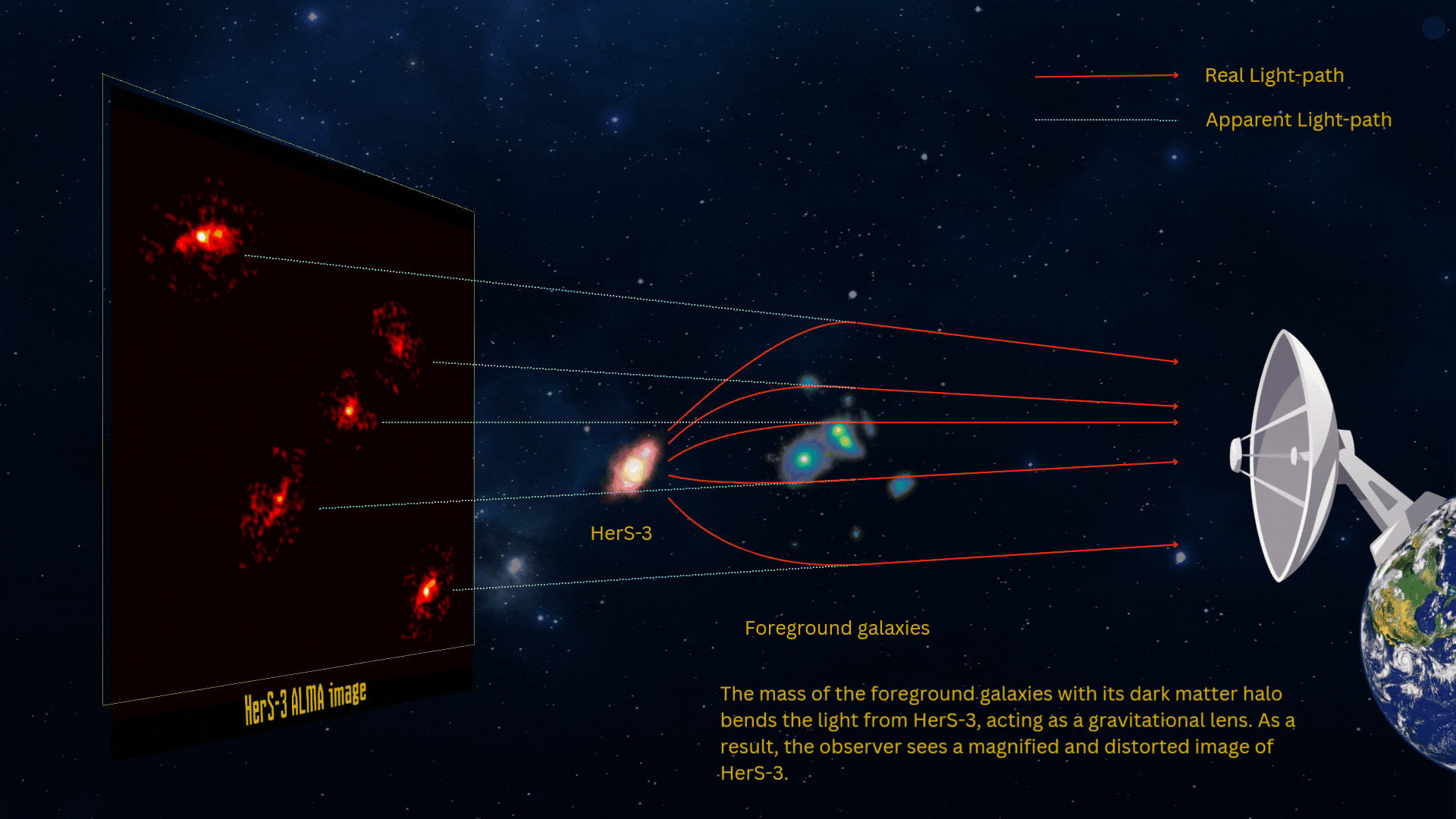
An Einstein Cross Reveals the Universe's Hidden Matter
September 30, 2025When astronomers pointed their telescopes at a distant galaxy called HerS-3, they discovered something really quite remarkable. The galaxy, located 11.6 billion light years away, appeared not once but five times in their observations, arranged in a nearly perfect cross pattern. This rare phenomenon, known as an Einstein Cross, has revealed exciting evidence for a massive halo of dark matter lurking in the space between us and that distant galaxy.
-
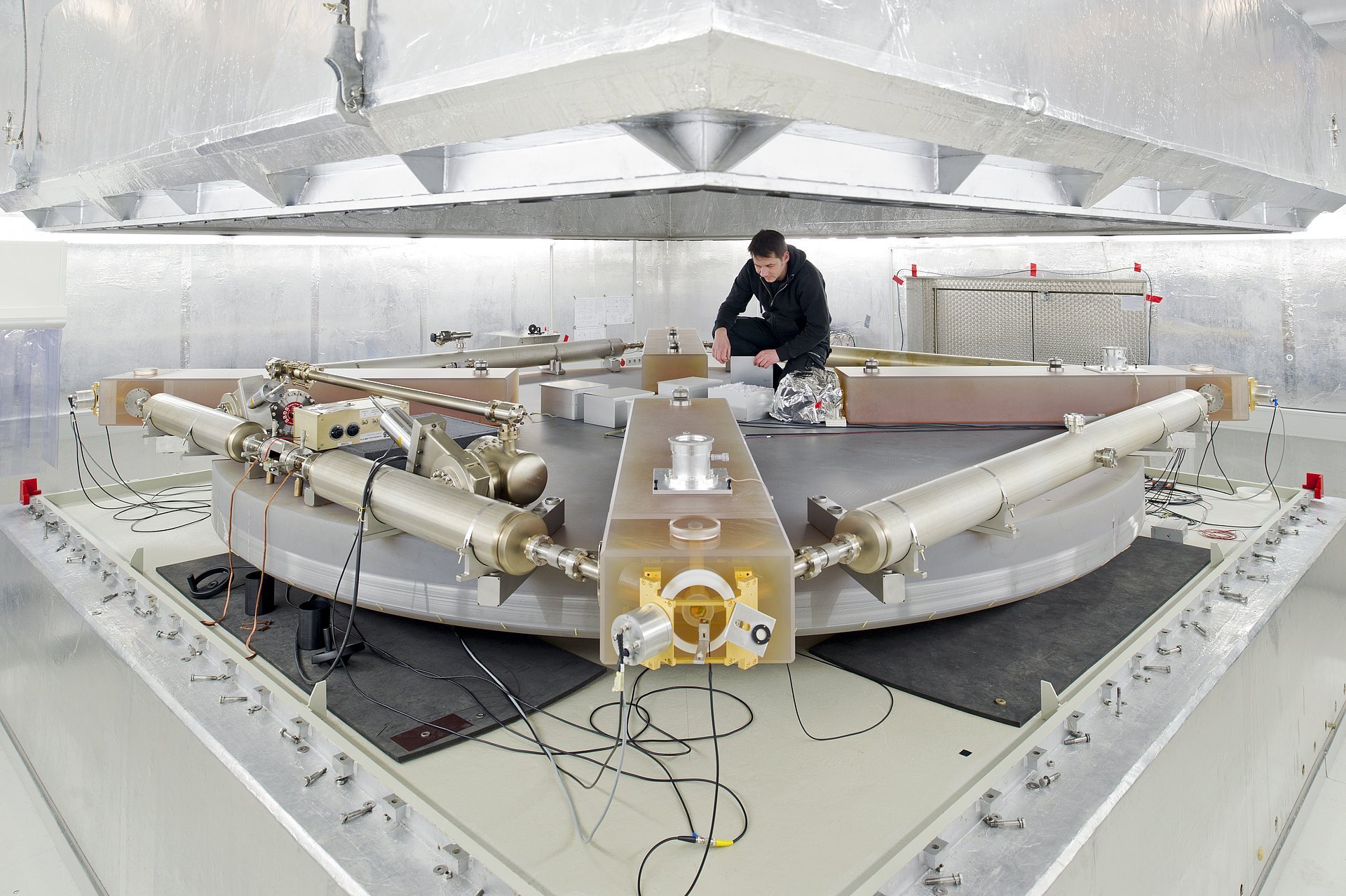
Measuring Earth's Wobble Without Looking at the Stars
September 29, 2025Most people are familiar with the fact that the Earth spins on its axis once every day. The spin however, isn’t as steady as you might think. Like a spinning top slowing down, Earth’s axis wobbles, scribing out a circle on the night sky that currently points very close to the Pole Star in the northern hemisphere. This wobble is driven by the shape of the Earth and for decades, this wobble has been tracked by a network of radio telescopes. A team of astronomers have measured this wobble to a level of accuracy that has never been achieved before.
-
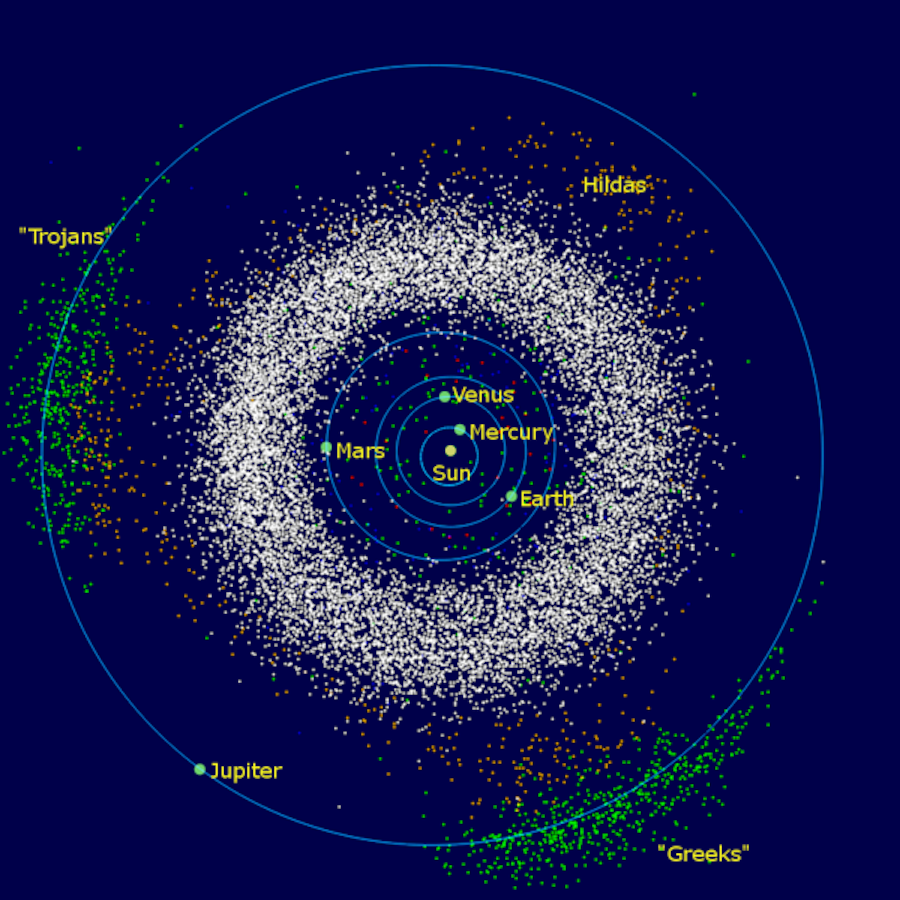
The Asteroid Belt's Slow Disappearing Act
September 29, 2025Asteroids have held a special place in my heart ever since I saw one silently drift between Earth and the Moon a good few years ago. Never studied them properly so more of a passing interest but any time a story relating to asteroids pops up it peaks my interest. For the most part, the origin of an asteroid is the asteroid belt, a ring of rocky debris orbiting between Mars and Jupiter. A new study has calculated precisely how fast this reservoir of space rocks is being depleted from collisions and gravitational interactions that evict asteroids and just where that material ends up.
-
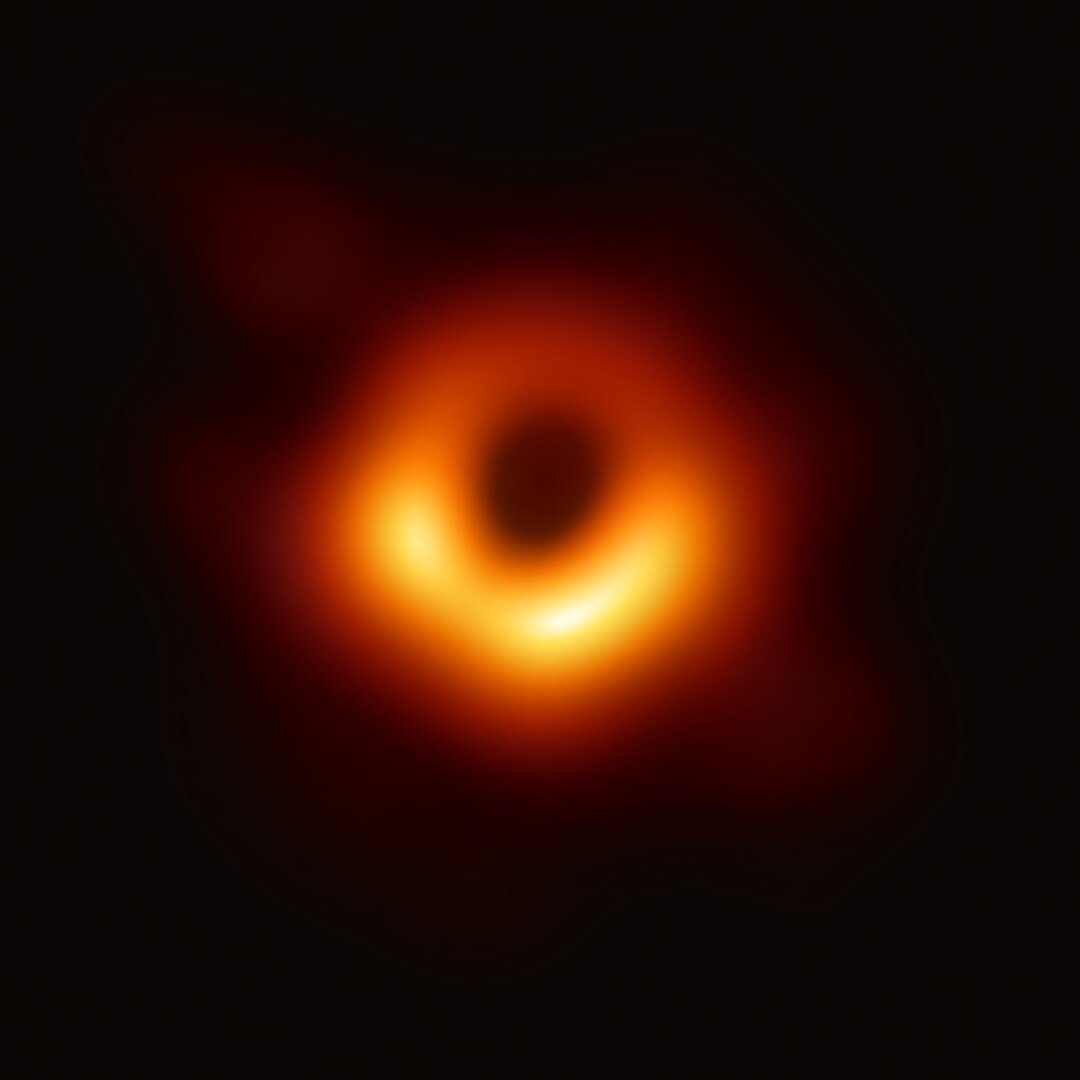
The Black Hole That Broke the Rules
September 29, 2025Black holes, regions of space where gravity is so intense that even light cannot escape, have captivated astronomers for decades. Some are the result of stellar death while others sit at the hearts of quasars, galaxies that shine so brightly they can be spotted from billions of light years away. Understanding how these supermassive black holes grow so massive, so quickly, has been one of the great puzzles of modern astrophysics, however, a new observation using cutting edge technology has just thrown a spanner in the works.
-
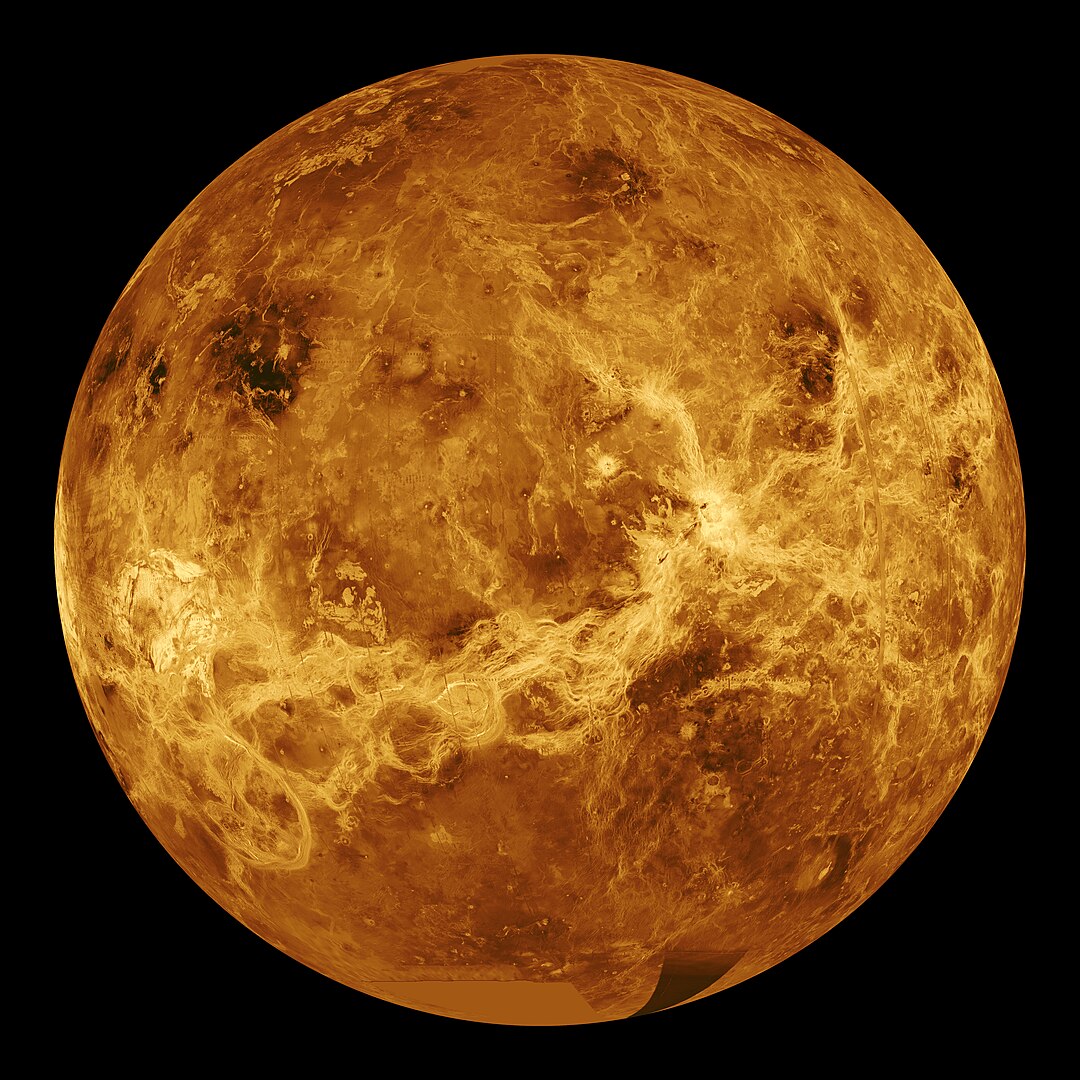
Scientists Discover First Evidence of Lava Tubes on Venus
September 29, 2025Venus has often been called Earth’s sister planet however there are stark differences between them. Among the similarities are a number of geological features and lava tubes are just one example. These natural tunnels form when the surface of a lava flow cools and solidifies while hot lava continues to flow beneath. They are common in Iceland and Hawaii and now, for the first time they have been found on Venus too.
-
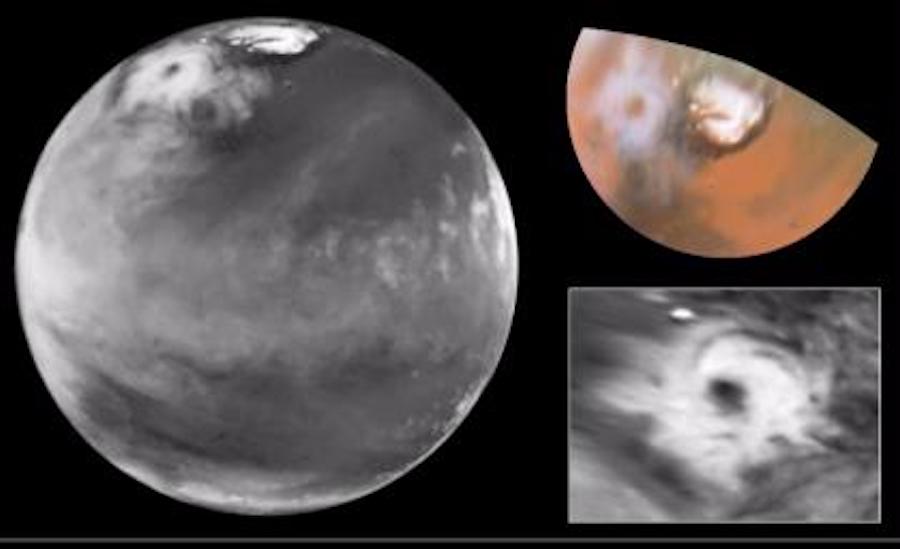
Mars's Frozen Vortex Creates Surprise Ozone Shield
September 26, 2025Mars holds a special place in my heart being the second planet I saw through a telescope. It’s probably fair to say that it’s held a special place for many as we continue to explore the fascinating world that is the red planet. Scientists studying Mars have recently uncovered a seasonal phenomenon that could change our understanding of the potential for it to support life. Their discovery, a swirling polar vortex that forms of the Martian north pole every winter.
-
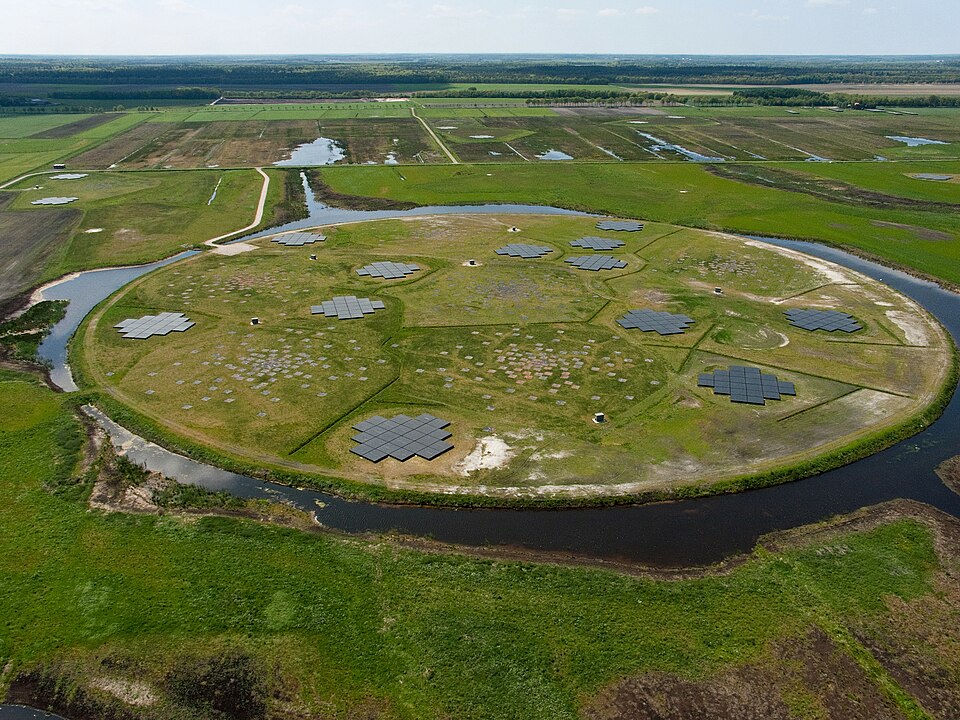
Radio Astronomers Fight Back Against Satellite Interference
September 26, 2025Visual observations have, over the years had to battle light pollution, weather, aircraft and even satellite constellations. Radio observations have until recently, been reasonably well protected however in their attempt to preserve the “quiet skies” a team of radio astronomers have secured a significant victory. For the first time, they've joined forces with the International Special Committee on Radio Interference, a committee that sets global standards for preventing electronic interference.
-
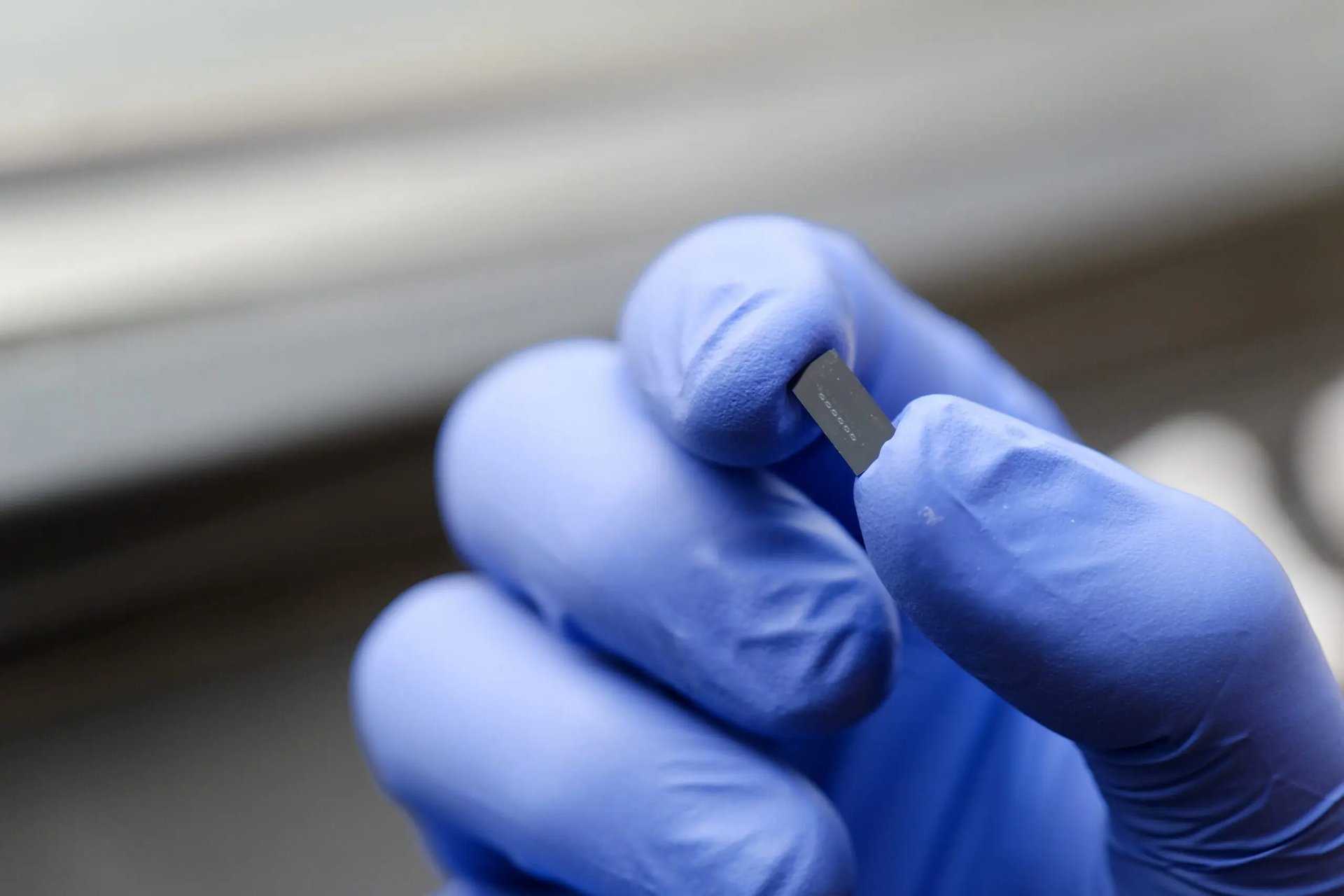
Next Generation Chip Could Find Help Find Alien Life
September 26, 2025Are we alone in the universe? It’s a question that has plagued us since the ancient Greeks posed it for the first time in the 5th century and since then we have tried all manner of ways to reach out to our alien cousins….if they exist. We have fixed golden plaques to space probes, beamed messages out from radio telescopes and in 2012 even sent 10,000 ‘X’ (formerly twitter) messages out to three star systems with the hashtag #ChasingUFOs! A new tool has been developed, rather mundane compared to these other examples, which is no bigger than a soft drink can and could detect signs of life on alien worlds with unprecedented precision.
-

It's Not Rocket Science... It's Materials Science
September 25, 2025Imagine an engine with no moving parts that runs on continuous explosions. I’m actually sure I one saw a hilarious video of such a device some years ago but alas, am unable to find it and share. Still, the image of the poor occupants being constantly pressed into their seats and accelerated in a series of explosions is likely to be quite a long way from the reality of the new Rotation Detonation Engine. The team of researchers Lehigh University are behind the idea and have just received $2 million to solve the biggest challenge standing in its way, finding materials to build the thing out of that are tough enough to survive the punishment.
-
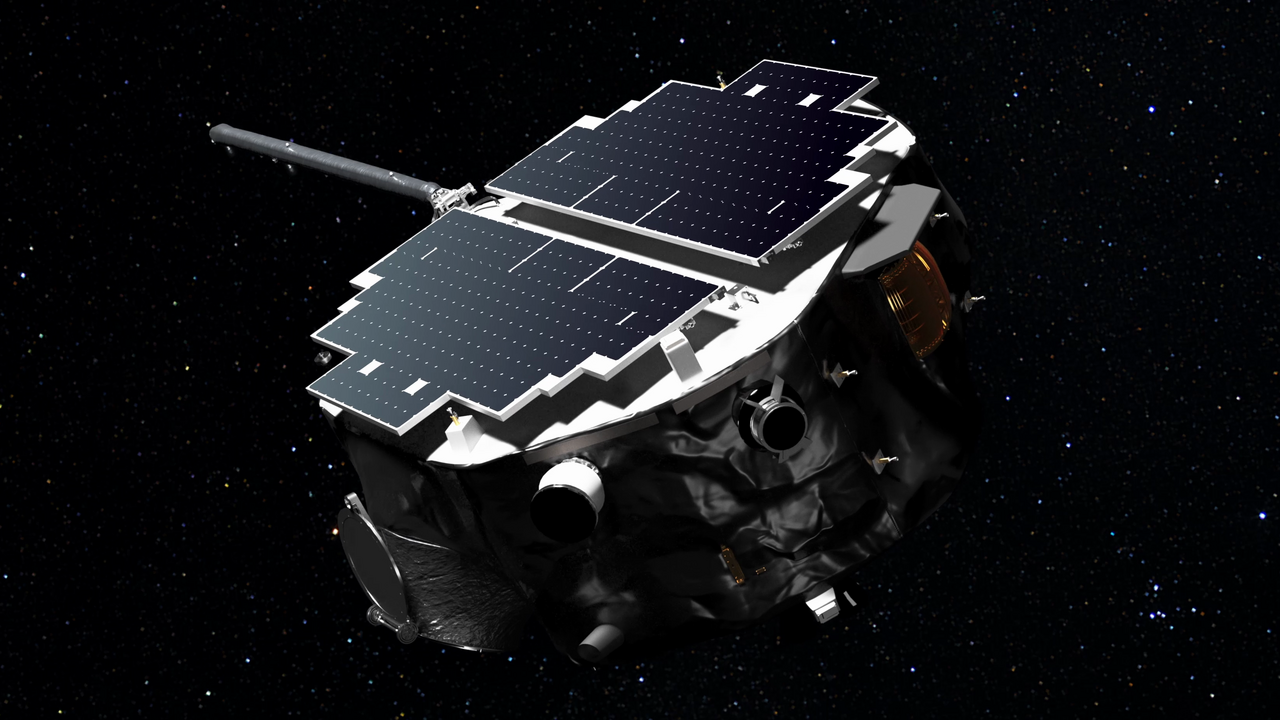
Can IMAP Solve the Mystery of the Bubble in Space!
September 24, 2025When astronauts head out into space they are protected from deadly radiation by their spacecraft and on space walks, their space suit. Back on Earth, we too are protected but by an invisible bubble that’s known as the heliosphere. The heliosphere has been subjected to numerous studies over the years but NASA’s newest mission is set to give us the most detailed of it map ever created.
-
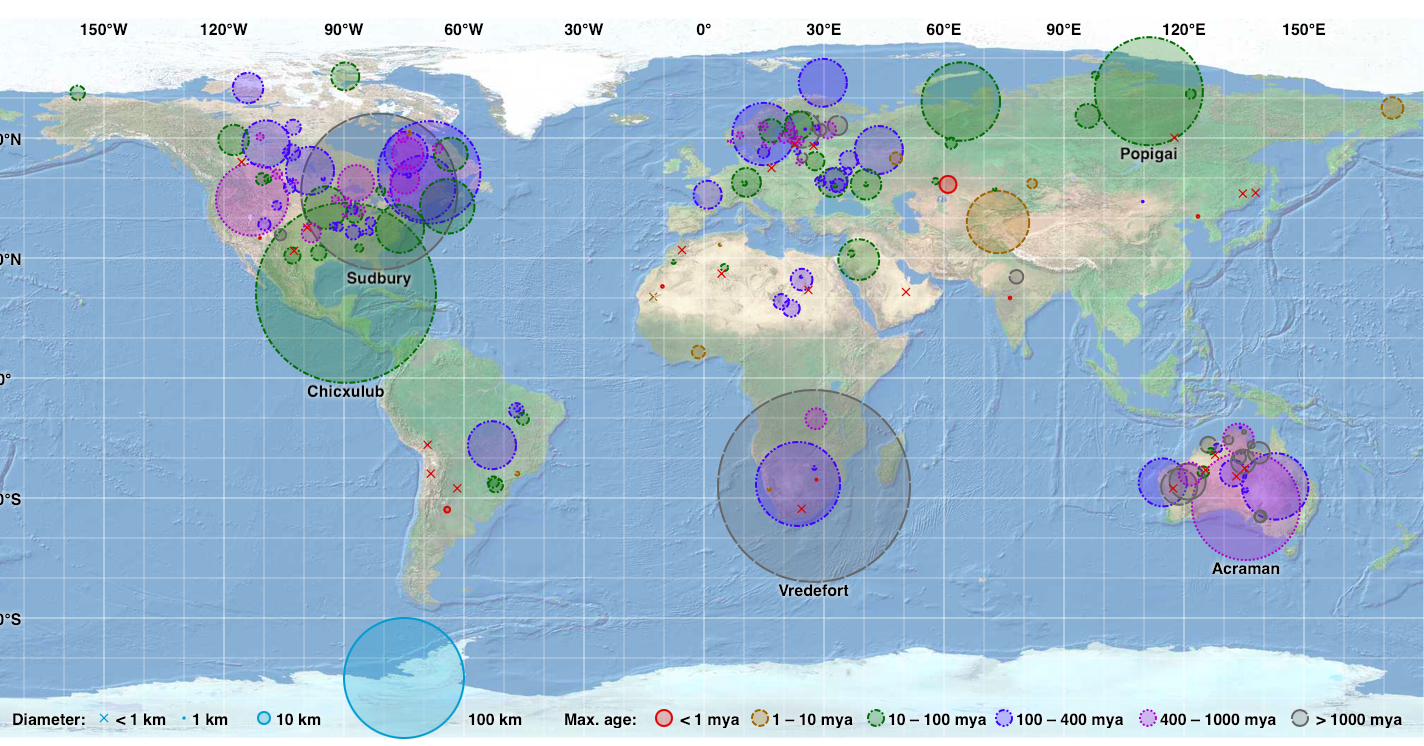
The Search for Australia's Hidden Impact Crater
September 24, 2025A team of scientists in south Australia have discovered tiny pieces of glass that tell the story of a catastrophic event that happened 11 million years ago, an asteroid impact so massive it should have left a crater the size of a major city, yet mysteriously, no one has found it. This discovery represents only the sixth known tektite field ever identified on Earth. The glassy fragments, scattered across the landscape are forcing scientists to reconsider what they know about ancient asteroid impacts and the geological features they leave behind.
-
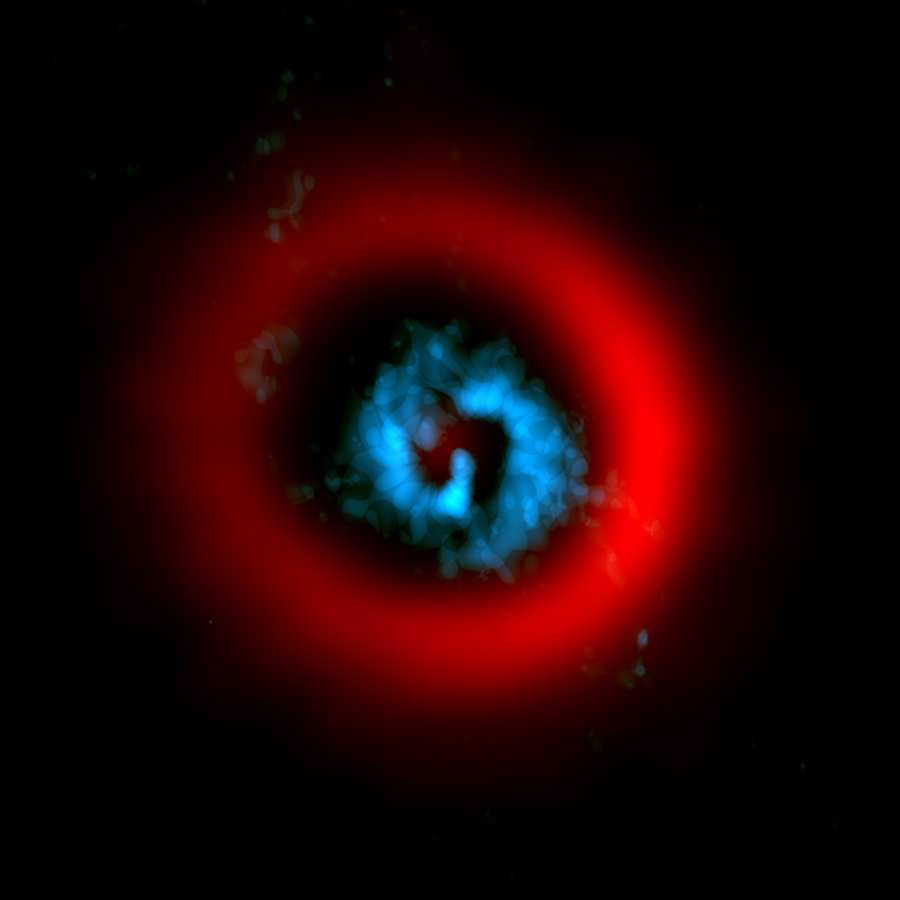
Astronomers Catch a Planet in the Act of Being Born
September 15, 2025It’s rather strange to think about catching a planet in the act of being born given that the process takes millions of years but for the first time, astronomers have done just that! The evidence reveals a planet actively forming and feeding from its surrounding disk of gas and dust. The discovery of hydrogen emission from the protoplanet offers a new glimpse into the violent stages of planetary formation, revealing processes that shaped our own Solar System billions of years ago.
-
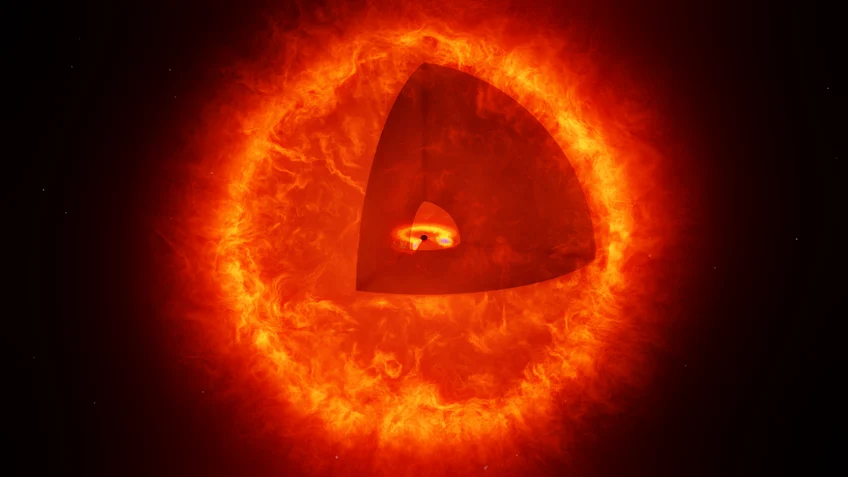
“Black Hole Stars" Could Solve the Mystery of Little Red Dots
September 15, 2025A bizarre new type of object could solve one of astronomy's most puzzling mysteries. The James Webb Space Telescope spotted some “little red dots” and until now, it’s been thought they were galaxies. Now, a team of astronomers have come up with an alternative theory, supermassive black holes wrapped up in a thick envelope of gas and they are calling them ‘black hole stars!’
-
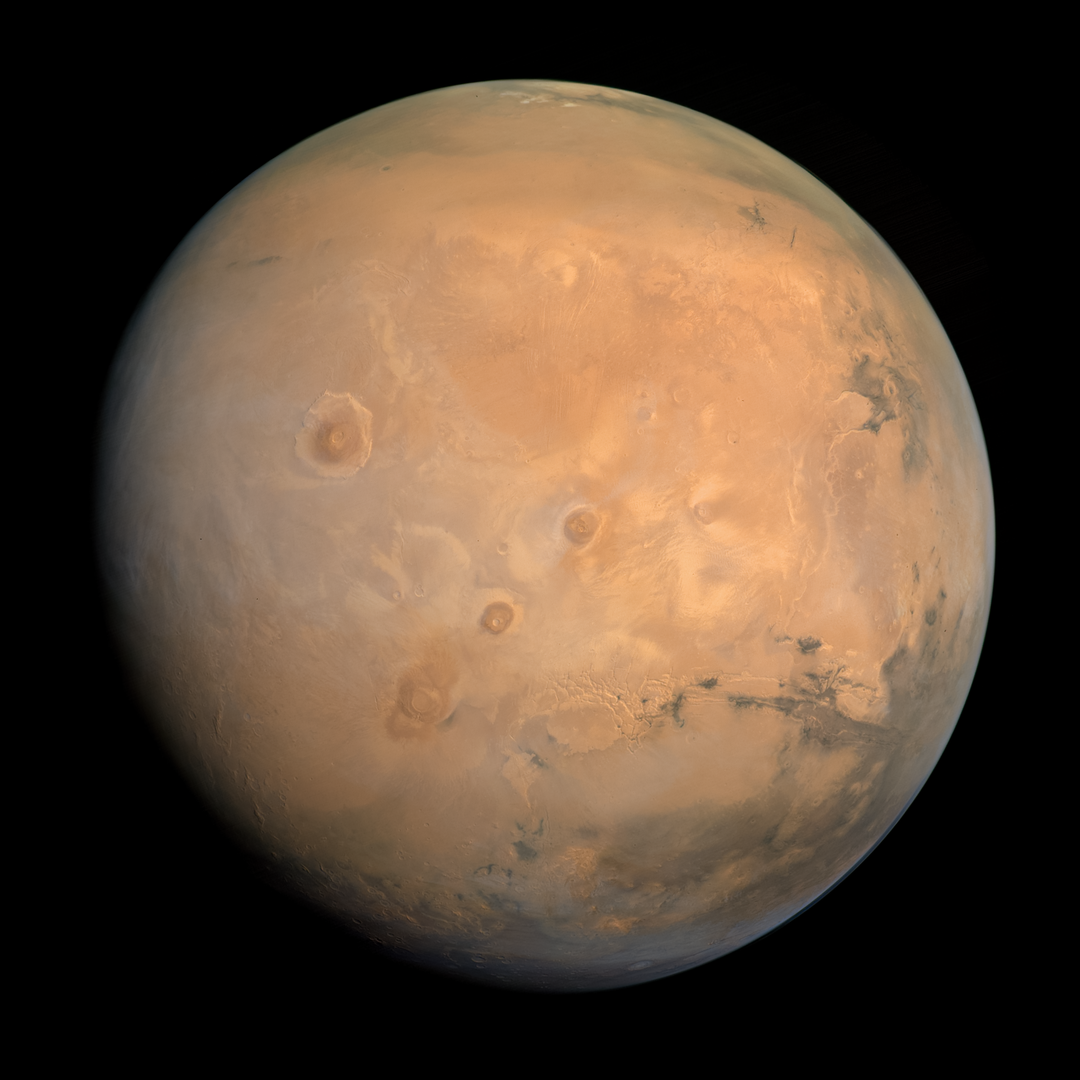
Ancient Floods and Rolling Rocks Boosts the Hunt for Life on Mars
September 15, 2025David Bowie once sung ‘Is there life on Mars?’ and along with being a question in a hit song, its also a question that has driven decades of missions to the red planet. From early orbital surveys to rovers hunting for evidence that life once existed beyond Earth the search has become more and more sophisticated. Europe's upcoming Mars rover mission is one such mission and it has received an unexpected boost in its search for signs of ancient life, as two new studies reveal that natural Martian processes could deliver rich organic materials directly to the rover, eliminating the need for long distance travel to find the building blocks of life.
-
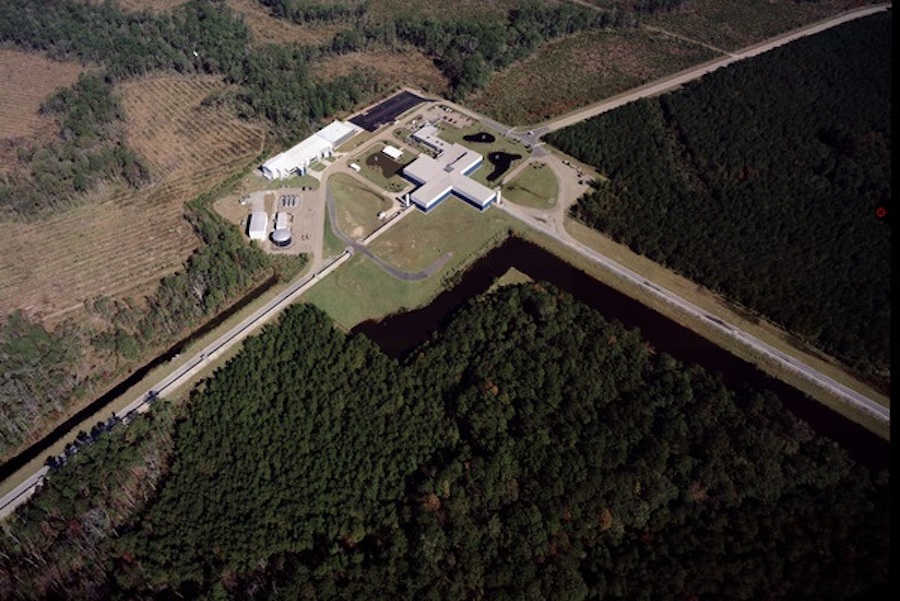
LIGO Has Become a Black Hole Discovery Factory
September 14, 2025Ten Years Later, LIGO is a Black-Hole Hunting Machine lexigault60428 Fri, 09/12/2025 - 10:00 Ten Years Later, LIGO is a Black-Hole Hunting Machine https://www.caltech.edu/about/news/ten-years-later-ligo-is-a-black-hole-hunting-machine
-
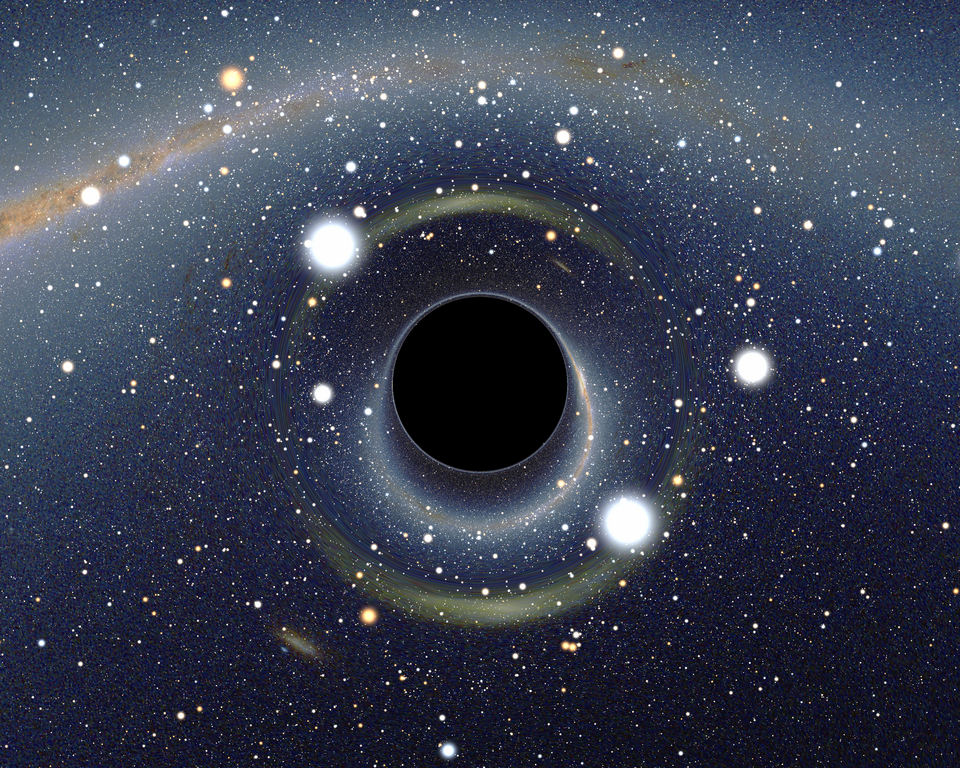
Scientists Predict 90% Chance We'll See a Black Hole Explode Within a Decade
September 14, 2025Physicists at the University of Massachusetts Amherst have calculated a more than 90% probability that we'll observe an exploding black hole within the next ten years. An event like this in our own celestial backyard may well be quite the spectacle but would revolutionise our understanding of physics and reveal the fundamental building blocks of everything in existence. Bold claims but a real possibility.
-

Ancient Brown Dwarf Reveals Cloud Chemistry Secrets
September 14, 2025A recent discovery solves a decades old mystery about the chemistry of Jupiter and Saturn's atmosphere. Using powerful telescopes, a team of researchers detected a molecule in the atmosphere of an ancient brown dwarf offering new ideas into how clouds form on gas giant planets.
 Universe Today
Universe Today